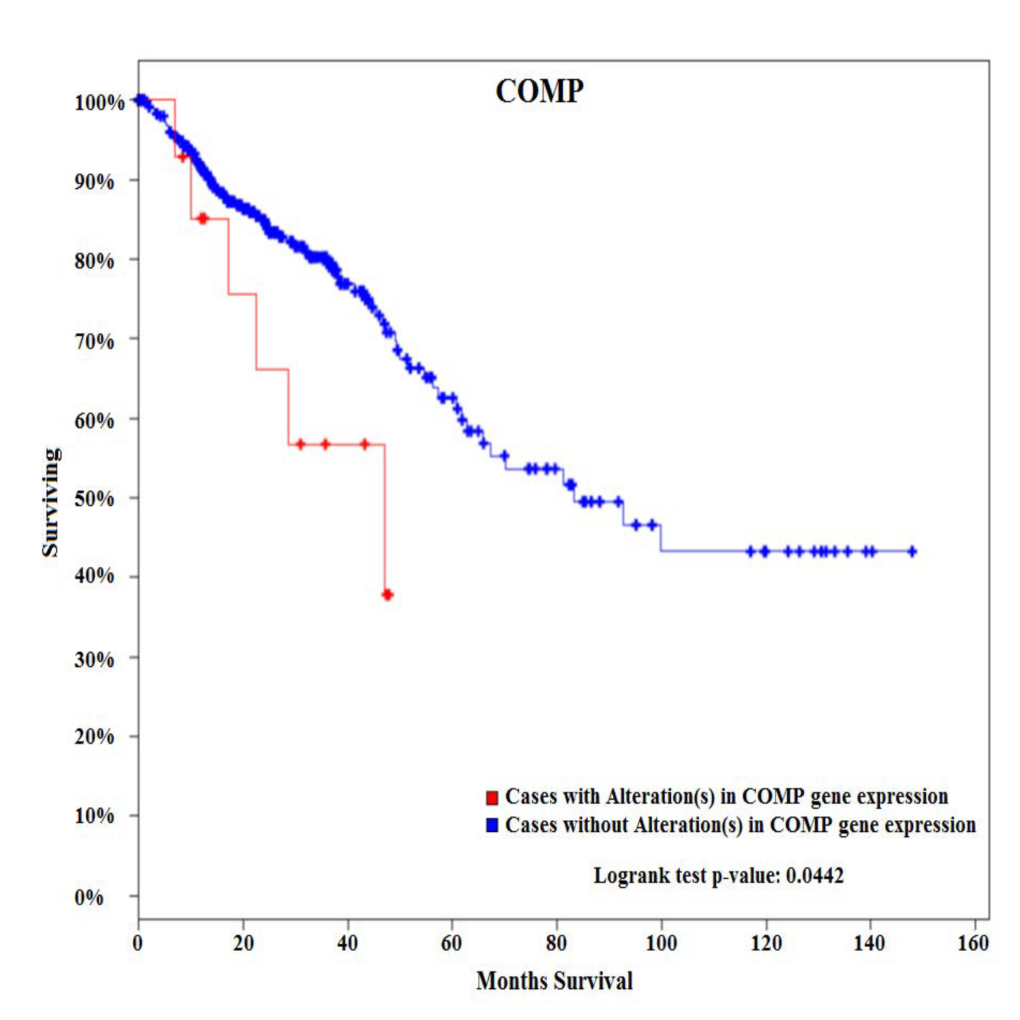C. Zgheib1, M. H. Hodges1, M. Allukian2, J. Xu1, K. L. Spiller3, J. H. Gorman2, R. C. Gorman2, K. W. Liechty1 1Laboratory For Fetal And Regenerative Biology, Department Of Surgery, School Of Medicine, University Of Colorado Denver – Anschutz Medical Campus And Colorado Children’s Hospital,Aurora, COLORADO, USA 2The University Of Pennsylvania School Of Medicine,Surgery,Philadelphia, PA, USA 3Drexel University, School Of Biomedical Engineering,Philadelphia, PA, USA
Introduction: Myocardial infarction (MI) remains the leading cause of death in the US. In contrast to the fibrotic response observed in adults, we have previously shown that the fetal response to MI is regenerative and is associated with increased angiogenesis and decreased inflammation. This cardiac regeneration requires both recruitment of cardiac progenitor cells (CPC) to replace lost myocardium as well as restoration of blood supply to support these recruited cells. Macrophages are also known to contribute to this repair process; however, the contribution of macrophages to tissue repair depends on their phenotype: M1 macrophages are pro-inflammatory and initiate angiogenesis; M2a macrophages are pro-fibrotic and contribute to blood vessel maturation; and M2c macrophages are pro-angiogenic, anti-inflammatory, and contribute to tissue remodeling. However, the relationship between CPCs and macrophages during the regenerative process has yet to be defined. Thus, we propose that CPCs promote fetal cardiac regeneration after MI by regulating the polarization of macrophages.
Methods: To test this hypothesis, 20% apical infarcts were created in fetal sheep by LAD ligation. Subsets of these infarcts were injected with a lentivirus containing the SDF-1α inhibitor (SDFi) transgene or an empty vector control. Hearts were harvested 3 or 30 days following infarction. Real time PCR was used to analyze the expression of macrophage phenotypes markers: IL-1β (M10, CD206 (M2a), and CD163 (M2c).
Results: Our results revealed a significant upregulation of IL-1β, CD206, and CD163 gene expression in the fetal hearts 3 days post-MI; this upregulation returned to baseline at 30 days. In contrast, fetal hearts treated with SDFi demonstrated a significant increase in the expression of all macrophage markers 30 days post-MI, when compared to both untreated fetal hearts and treated hearts 3 days post-MI. These results suggest an early increase in the expression of M1, M2a, and M2c macrophage markers in the fetal hearts 3 days post-MI, with reversal of this upregulation following myocardial regeneration 30 days post-MI. Blocking CPC recruitment by inhibition of SDF-1α was associated with a persistent elevation in M1, M2a, and M2c gene expression, consistent with prolonged inflammation, fibrosis, and remodeling.
Conclusion: Our results suggest that following MI, CPCs promote fetal cardiac regeneration via the modulation of macrophage phenotype. Strategies to manipulate macrophage phenotype may represent a therapeutic target to promote regeneration in adult hearts after MI.







